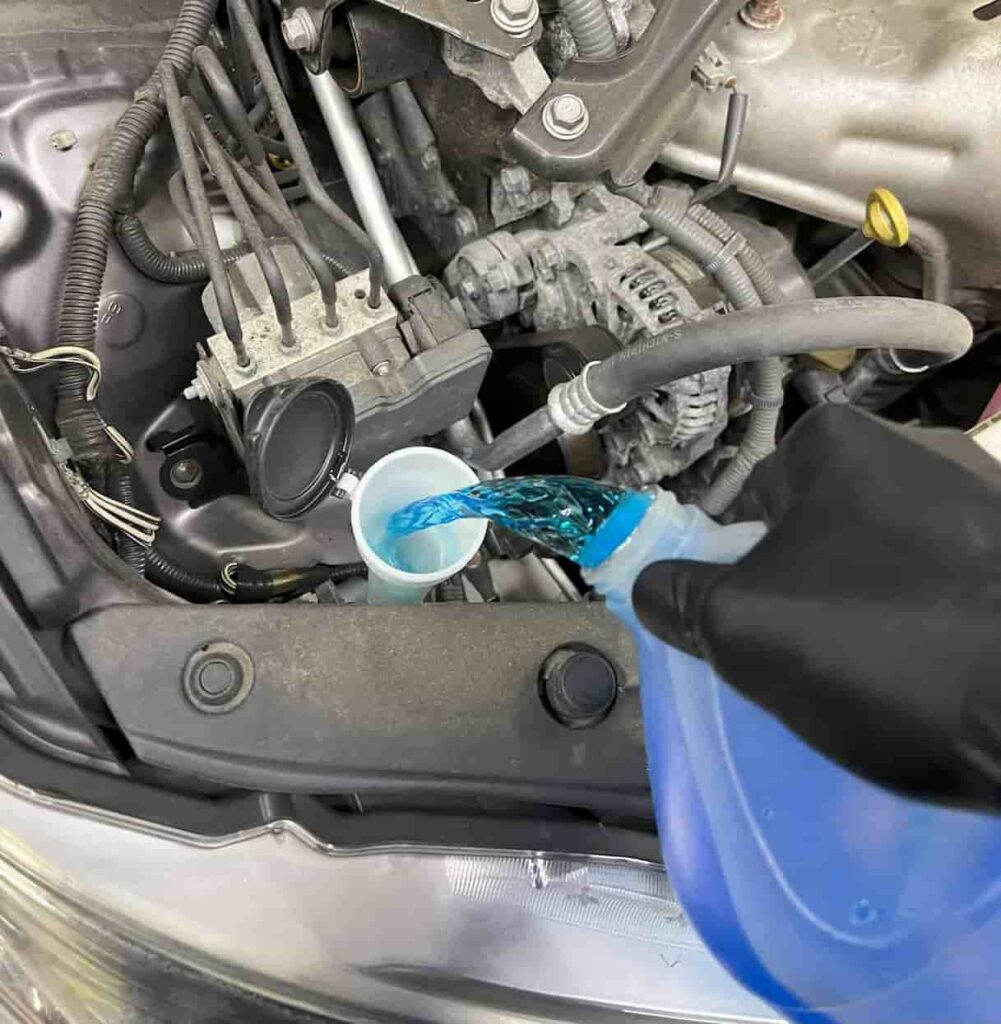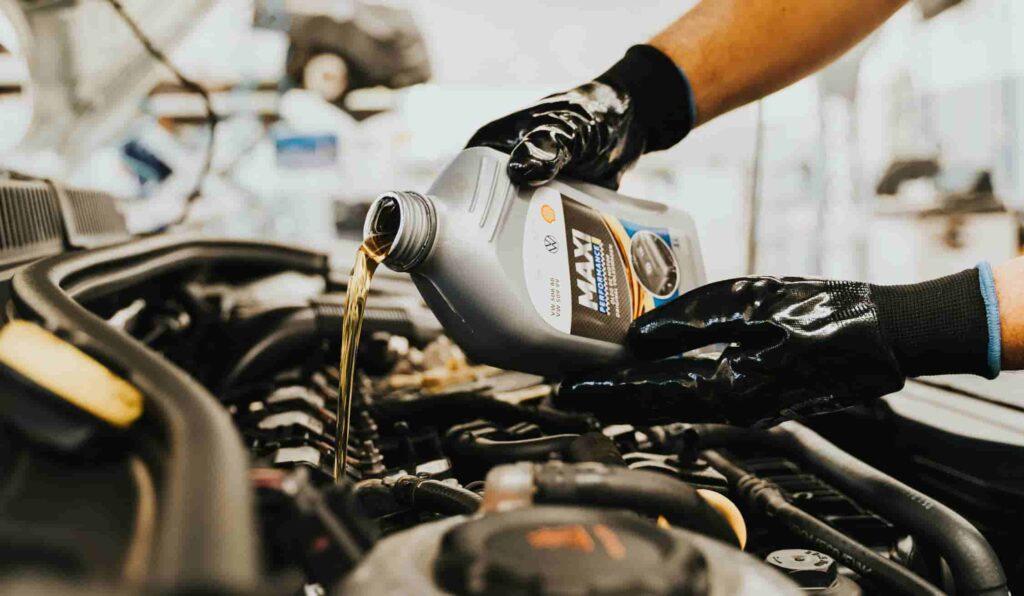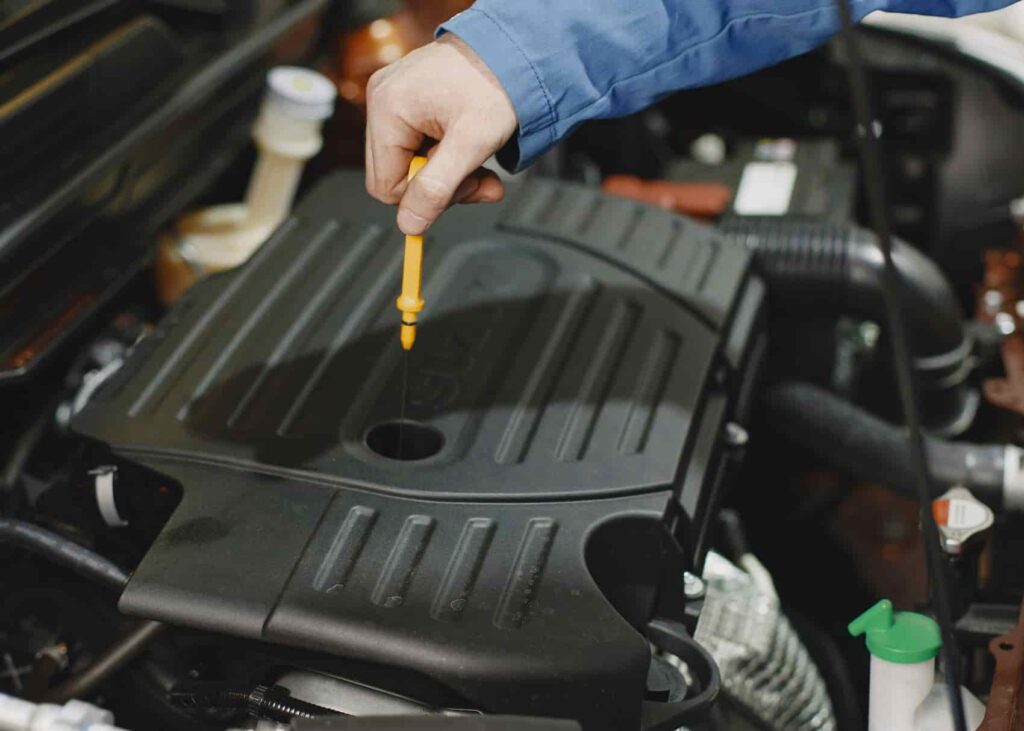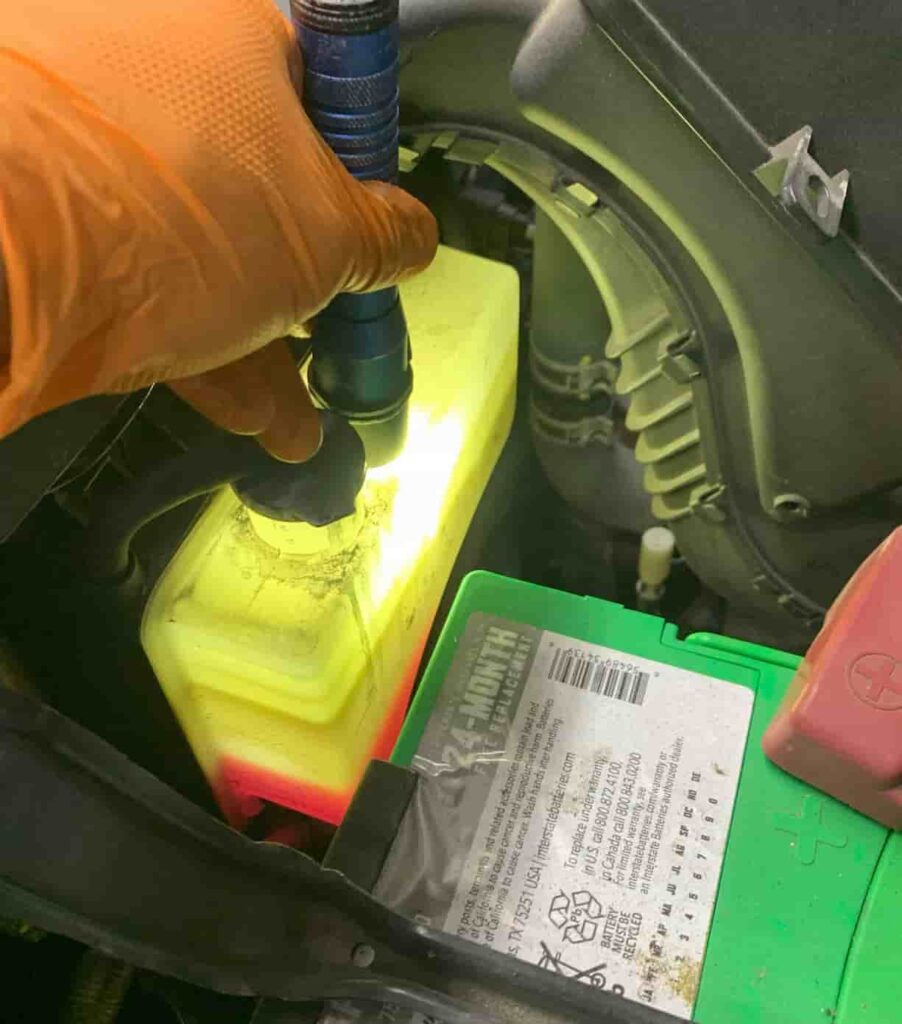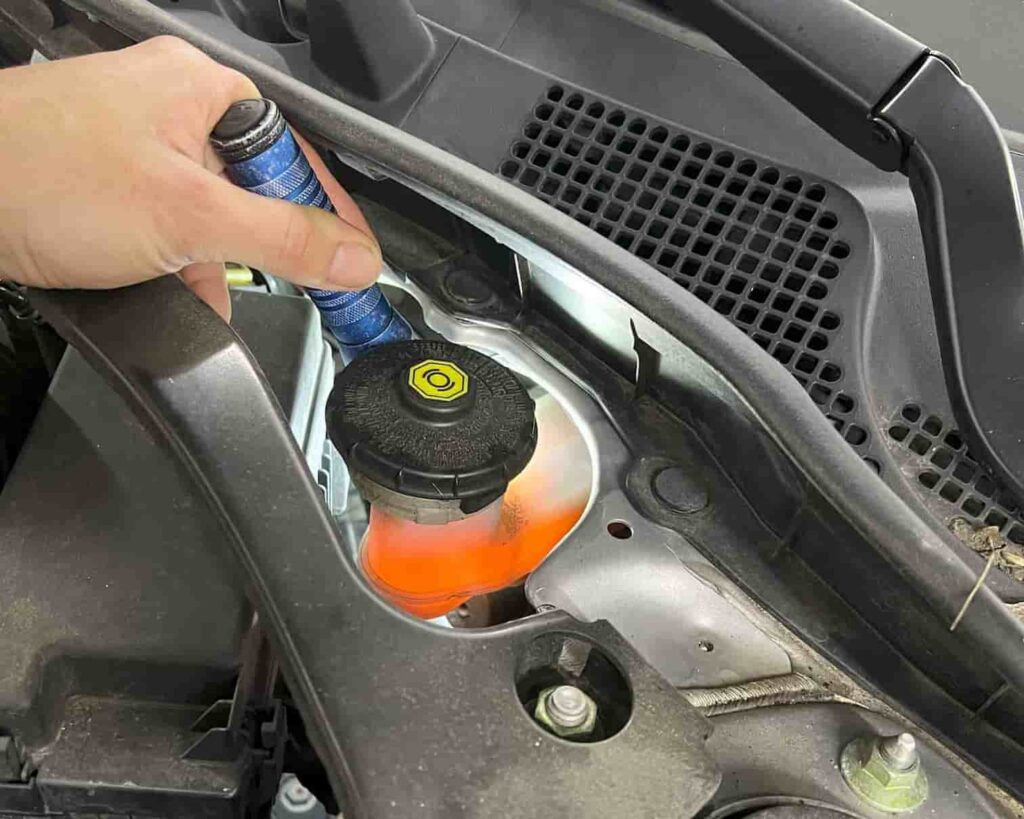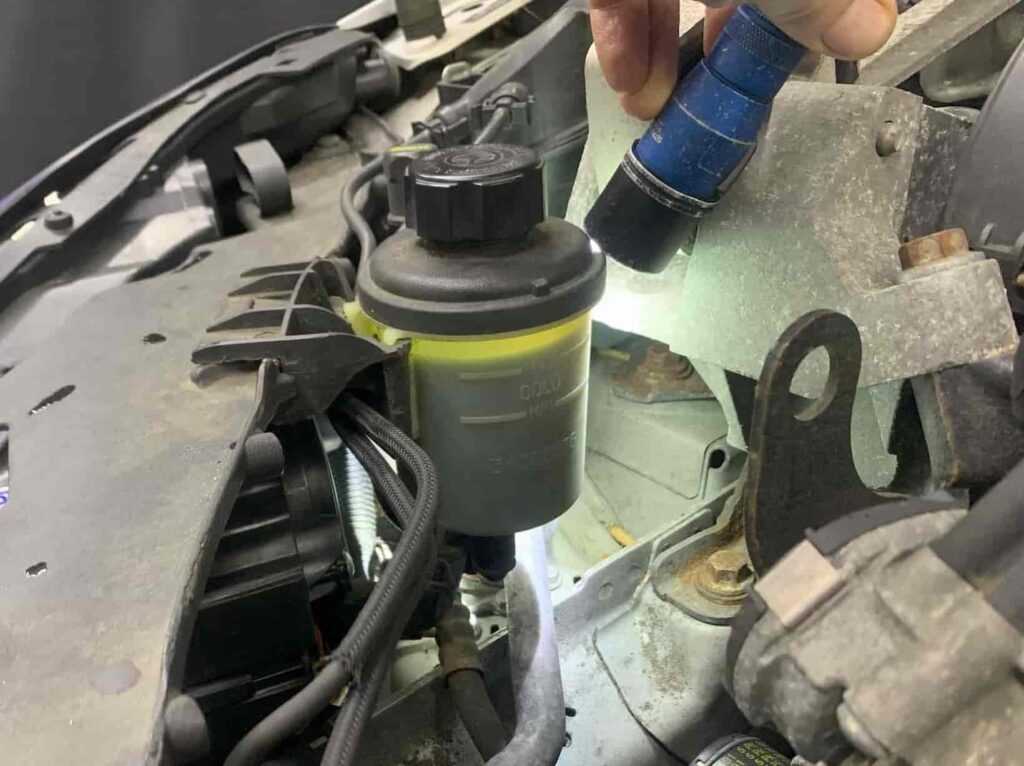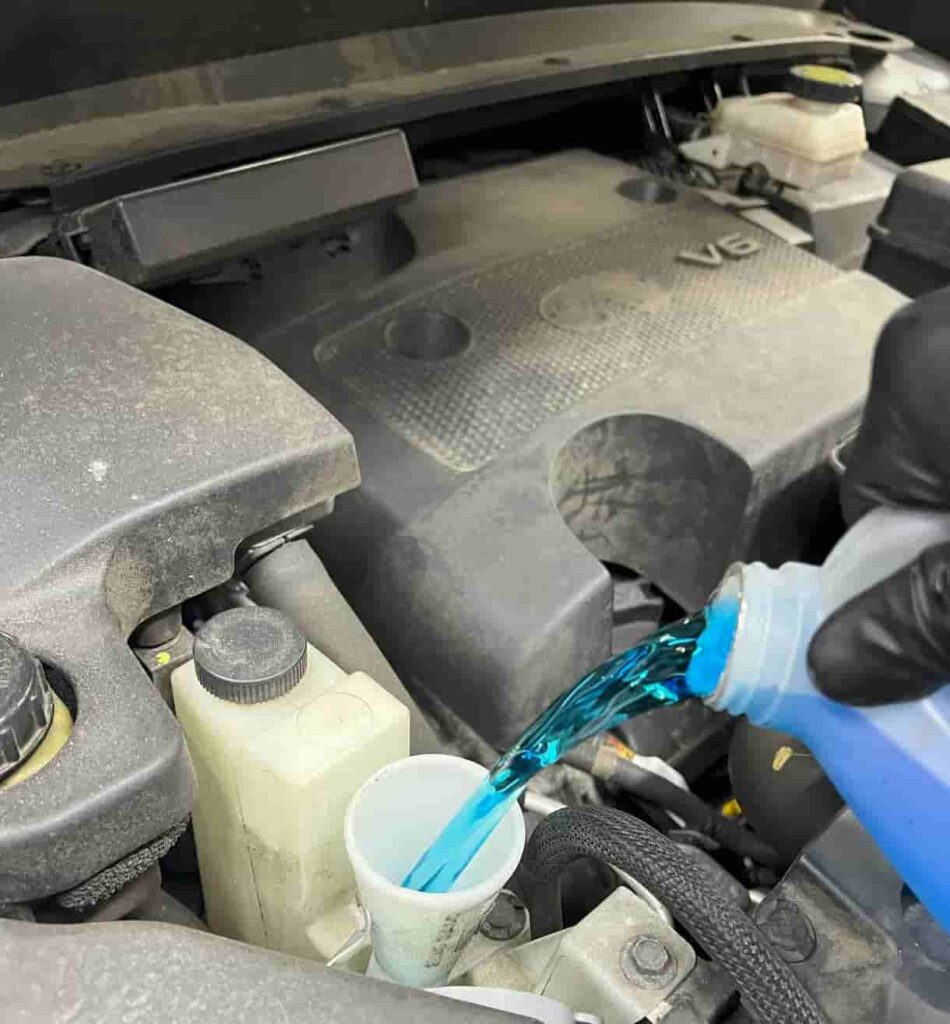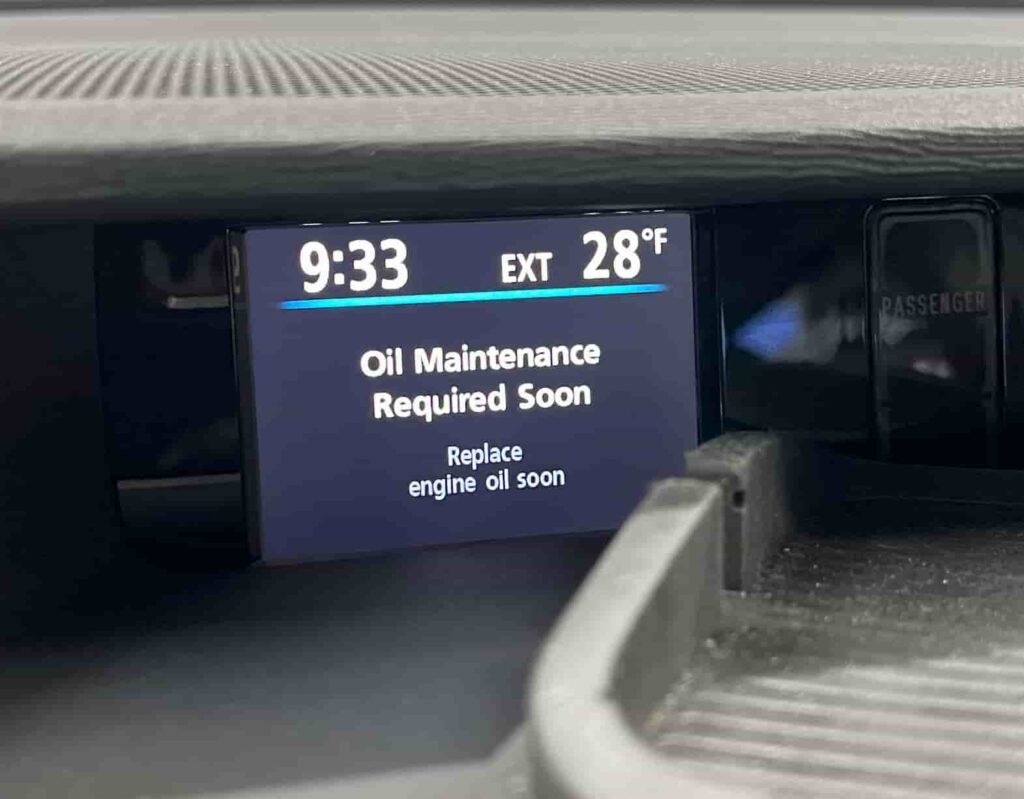Ever found yourself on the side of the road with steam pouring out of your engine, wondering what went wrong? Yeah, we’ve all been there. It’s easy to overlook the basics when it comes to car maintenance, but neglecting these small tasks, such as regularly checking your car’s fluids, can lead to big problems down the line.
One of the simplest yet most crucial aspects of car care is regularly checking your vehicle’s fluids. But how often should you do this? Whether you’re a seasoned driver or a newbie behind the wheel, understanding the right intervals for checking fluids can save you from costly repairs and ensure your car runs smoothly. So, buckle up as we dive into the essential tips on how often you should be checking those vital fluids to keep your car in tip-top shape!
When To Check Your Vehicle's Fluids
It’s a good practice to check your vehicle’s fluids at least once a month. According to the Car Care Council, regular checks can prevent up to 80% of car breakdowns. Your owner’s manual will provide the most accurate recommendation for your specific vehicle. Regular checks help you avoid issues related to temperature extremes, leaks, and other factors that can affect fluid levels.
What Tools Do I Need to Check My Car's Fluid Levels?
To check your car’s fluid levels, you’ll need a few basic tools:
Clean rags or paper towels
Flashlight
Gloves
Funnels
Fluid dipsticks (found under the hood)
Your vehicle’s owner’s manual
How Often Should You Check and Change Engine Oil?
Engine oil is crucial for lubricating the moving parts inside your engine. For most engines, it’s recommended to check the oil level every month and change the oil every 3,000 to 5,000 miles. Newer cars with synthetic oil can extend oil changes up to 7,500 to 10,000 miles (we recommend changing your oil every 3,000 miles regardless of oil type). According to AAA, the average cost of an oil change ranges from $20 to $150, depending on oil type and location. Make sure your car is on level ground when checking the engine oil level.
How Often Should You Check and Change Transmission Fluid?
Transmission fluids should be checked regularly, especially if you have an automatic transmission. Automatic transmission fluid is crucial for ensuring proper transmission performance and preventing potential damage. For sealed transmissions, the fluid needs to be flushed and replaced usually around every 60,000 miles. If your transmission fluid is dark brown or smells burnt, it’s time for a change. The cost of a transmission fluid change can range from $80 to $250, depending on the vehicle. Regular checks can prevent issues with shifting and extend the life of your transmission.
Steps to Check Transmission Fluid
Park the vehicle on level ground.
Warm up the engine by letting it run for a few minutes.
Locate the transmission fluid dipstick.
With the engine running and the transmission in “Park” or “Neutral,” pull out the dipstick.
Wipe the dipstick clean with a rag.
Reinsert the dipstick fully into its tube.
Withdraw the dipstick again to check the fluid level.
Ensure the fluid level is between the “Full” and “Add” marks on the dipstick.
Inspect the fluid’s color and odor; it should be a clear red and smell clean, not burnt.
If the fluid is dark brown or has a burnt smell, consider changing the transmission fluid.
How Often Should You Check and Change Differential Fluids?
Differential fluid, also known as gear oil, lubricates the differential in your vehicle, allowing the wheels to turn at different speeds. It’s generally recommended to check differential fluid every 30,000 to 60,000 miles, but refer to your vehicle’s owner’s manual for specific intervals. Changing differential fluid typically costs between $75 and $250. Regular checks and changes help prevent excessive gear wear and ensure smooth operation of the differential, especially in vehicles that tow heavy loads or drive in severe conditions.
How Often Should You Check and Change Engine Coolant?
Engine coolant, or antifreeze, should be checked at least twice a year, before the summer and winter seasons. Driving heat can deteriorate the coolant and lower its boiling point, increasing the risk of engine overheating. This fluid helps regulate the engine’s temperature and prevents overheating. The coolant level should be between the minimum and maximum marks on the coolant reservoir. Coolant should typically be flushed every 30,000 miles. A coolant flush can cost between $100 and $150. Regular checks ensure that your radiator and engine stay in good condition, avoiding temperature extremes.
How Often Should You Check and Change Brake Fluid?
Brake fluid is essential for the brake system’s performance. It transfers mechanical power from the brake pedal to the drum or disk brakes, ensuring that the driver can slow down or stop the car effectively. Check the brake fluid level every time you change the oil or at least once a year. The brake fluid reservoir is located under the hood, near the brake master cylinder against the firewall. Brake fluid should be clear to light brown; if it’s dark brown, it’s time for a change.
Brake fluid testers can be a handy tool when testing your brake fluid. Brake fluid testers measure the moisture content in brake fluid to ensure it remains within safe operating levels. They work by using electronic sensors to detect the amount of water absorbed in the brake fluid, providing a reading that indicates whether the fluid needs to be replaced.
The average cost of a brake fluid change is around $70 to $190. Regularly checking the brake fluid level helps maintain the effectiveness of your brakes and prevents wear on the brake system.
How Often Should You Check and Change Power Steering Fluid?
Your vehicle’s power steering fluid level should be checked monthly. This hydraulic fluid ensures that the power steering system operates smoothly. Low power steering fluid levels can make it difficult to turn the wheel and may cause wear on the power steering pump and rack and pinion. The average cost to change power steering fluid ranges from $60 to $175. Check your owner’s manual for specific recommendations on how often to change the power steering fluid for your vehicle.
How Often Should You Check and Change Windshield Washer Fluid?
Windshield washer fluid should be checked regularly and topped off as needed. This fluid helps keep your windshield clean, ensuring clear visibility. It’s especially important to check this fluid before long trips or during winter months when road grime can accumulate quickly. A gallon of windshield washer fluid typically costs between $3 and $10.
Is It Necessary to Flush All Fluids in Your Car?
Some systems require special tools and procedures for flushing. For instance, flushing the brake system might need a brake bleeder tool, and the transmission system often requires specific equipment to ensure all the old fluid is completely removed and replaced with new fluid. It’s crucial to follow the manufacturer’s instructions and, if necessary, seek professional assistance to ensure the job is done correctly. Regular flushing helps prevent the buildup of contaminants and maintains the efficiency and reliability of your vehicle’s systems.
How Do I Know if My Car Needs Fluid?
Signs that your car needs fluid include warning lights on the dashboard, such as the check engine light, unusual noises, or difficulty in operating the vehicle. Use the dipstick your vehicle has to check certain fluid levels as well as a flashlight to see inside of fluid reservoirs.
How Long Do Car Fluids Last?
The lifespan of car fluids varies. Modern cars, equipped with advanced features and technologies, may have different maintenance intervals for engine oil and brake fluid:
Engine Oil: 3,000 to 7,500 miles, depending on oil type
Transmission Fluid: 30,000 to 60,000 miles
Brake Fluid: Every two years
Coolant: Every 30,000 miles
Power Steering Fluid: As recommended in the owner’s manual
Frequently Asked Questions
What happens if I don’t check my car’s fluids regularly?
Neglecting to check your car’s fluids can lead to serious damage, costly repairs, and potentially dangerous driving conditions. According to AAA, 44% of vehicle repairs are related to fluid neglect.
Can I check my car’s fluids myself, or should I take it to a professional?
You can check most fluids yourself with basic tools and guidance from your owner’s manual. However, professional checks are recommended if you’re unsure or if you encounter issues.
Are there any signs that indicate low fluid levels in my car?
Yes, signs include dashboard warning lights, unusual noises, and changes in vehicle performance.
Can different types of fluids affect each other if not maintained properly?
Yes, mixing incompatible fluids or neglecting one type of fluid can affect the performance and lifespan of your vehicle’s systems. Using the wrong fluid can cause catastrophic damage.
How much does it cost to have my car’s fluids checked and changed professionally?
Costs vary depending on the fluid and service provider. On average, oil changes can cost $25 to $250, while other fluids like transmission or brake fluid may cost more due to labor and fluid type.
